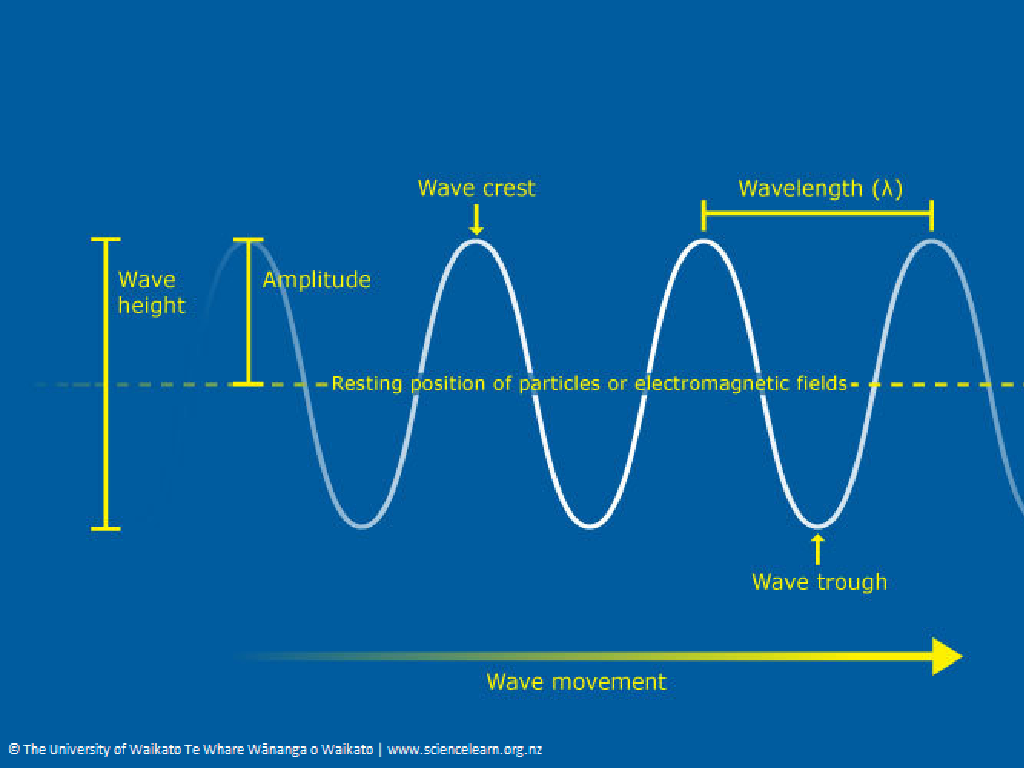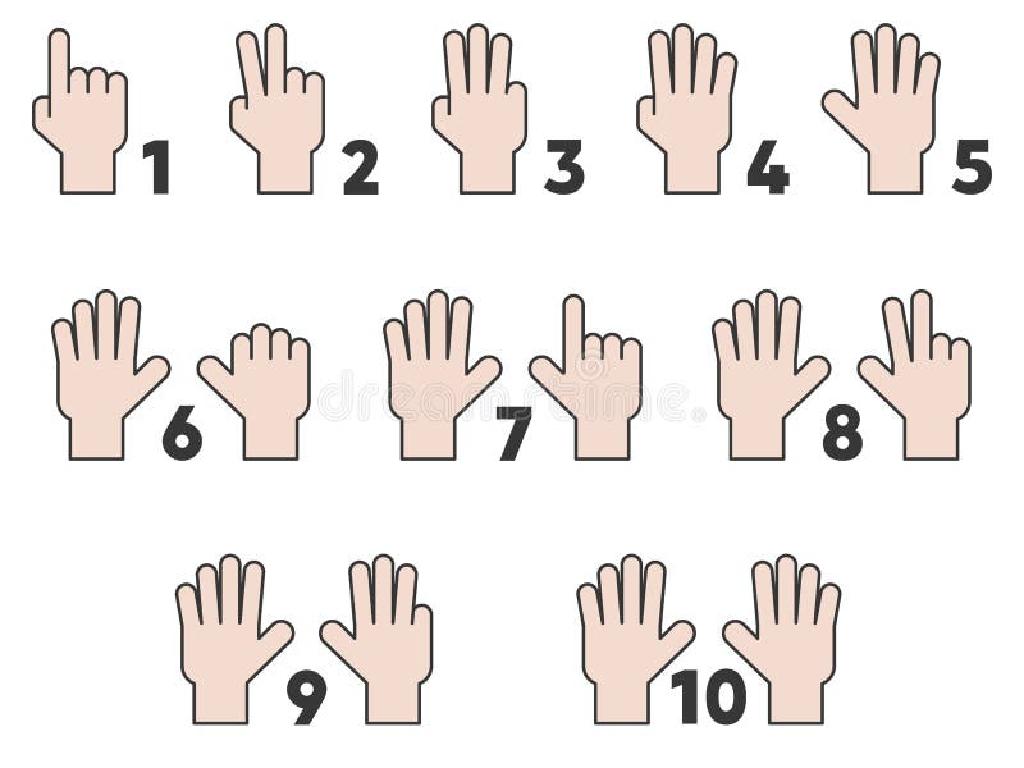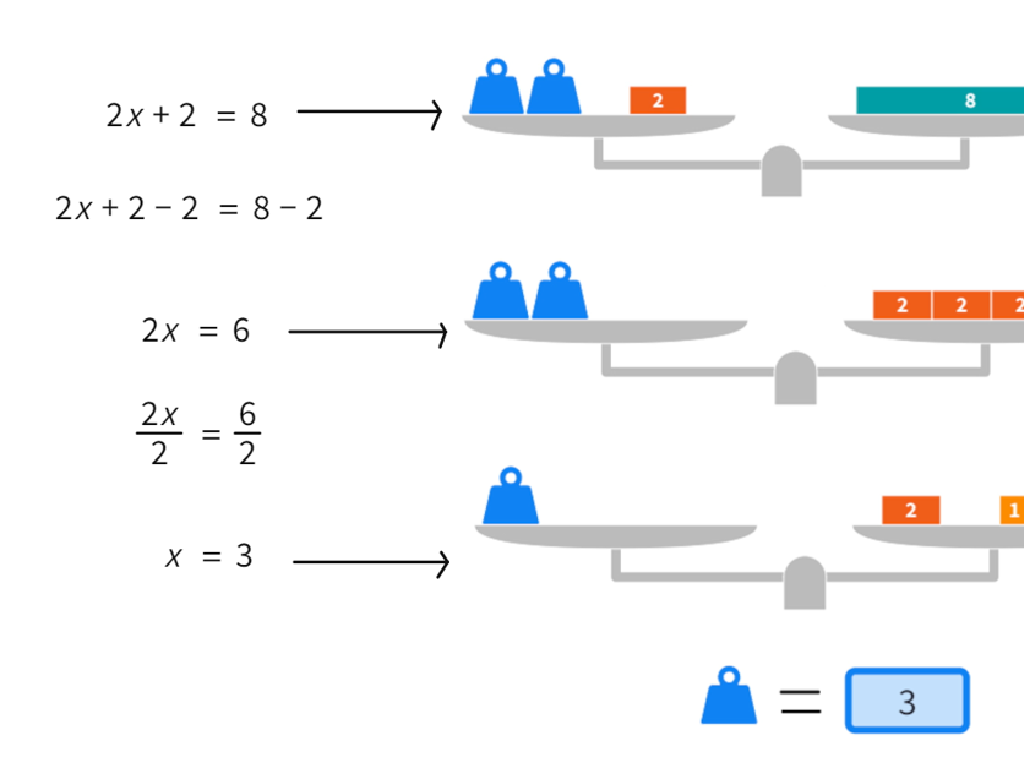Form Plurals: Review
Subject: Language arts
Grade: Fifth grade
Topic: Nouns
Please LOG IN to download the presentation. Access is available to registered users only.
View More Content
Welcome to Nouns and Plurals!
– Greeting and topic introduction
– What is a noun? Examples included
– Person, place, or thing, e.g., ‘dog’, ‘school’, ‘happiness’
– Singular vs. plural noun forms
– Singular: one item, Plural: more than one, e.g., ‘cat’ to ‘cats’
– Why plurals matter in language
– Understanding plurals is key for correct grammar and communication
|
Begin the class with a warm welcome and introduce the topic of nouns and their plural forms, which is a fundamental aspect of Language Arts. Explain that a noun can be a person, place, thing, or idea, providing relatable examples such as ‘dog’, ‘school’, or ‘happiness’. Emphasize the difference between singular and plural nouns, illustrating with simple examples like ‘cat’ becoming ‘cats’ when there is more than one. Highlight the importance of knowing how to form and use plural nouns correctly, as it is essential for proper grammar and clear communication. Encourage students to think of nouns in both their singular and plural forms to prepare for the activities ahead.
Understanding Plural Nouns
– Definition of plural nouns
– Plural nouns refer to more than one of something.
– Singular to plural examples
– ‘Dog’ becomes ‘dogs’, ‘cat’ becomes ‘cats’
– Spelling changes in plurals
– ‘Baby’ to ‘babies’, ‘leaf’ to ‘leaves’
– Rules for regular plurals
– Add ‘s’ or ‘es’, change ‘y’ to ‘ies’, ‘f’ to ‘ves’
|
This slide introduces the concept of plural nouns to the students. Begin by defining plural nouns as words that indicate more than one person, place, thing, or idea. Show clear examples of singular nouns and their plural forms, such as ‘dog’ to ‘dogs’ and ‘cat’ to ‘cats’, to illustrate the simple addition of ‘s’. Highlight the spelling changes that occur when forming plurals, especially for words ending in ‘y’, ‘f’, or ‘fe’, such as ‘baby’ to ‘babies’ and ‘leaf’ to ‘leaves’. Discuss the rules for creating regular plurals, including when to simply add ‘s’ or ‘es’, and when to modify the ending of the word. Encourage students to think of their own examples and understand the patterns in spelling changes.
Forming Regular Plurals
– Add ‘s’ or ‘es’ to make plurals
– Most nouns just need an ‘s’ to become plural
– Examples: ‘s’, ‘ss’, ‘sh’, ‘ch’, ‘x’, ‘z’
– ‘bus’ becomes ‘buses’, ‘brush’ becomes ‘brushes’
– Class practice with singular to plural
– We’ll work together to change words like ‘fox’ to ‘foxes’
– Rules for when to use ‘s’ or ‘es’
– Use ‘es’ if the word ends in ‘s’, ‘ss’, ‘sh’, ‘ch’, ‘x’, or ‘z’
|
This slide is aimed at reviewing the rules for forming regular plurals in nouns. Start by explaining that most nouns become plural by simply adding an ‘s’. However, if a noun ends in ‘s’, ‘ss’, ‘sh’, ‘ch’, ‘x’, or ‘z’, we add ‘es’ to make it plural. Provide clear examples for each case and engage the class in a collaborative activity where they practice converting singular nouns to their plural forms. Emphasize the pronunciation differences when ‘es’ is added. This exercise will help reinforce their understanding of regular plural formation and prepare them for exceptions to these rules.
Irregular Plurals: Breaking the Rules
– What are irregular plurals?
– Words that change completely
– ‘mouse’ becomes ‘mice’, not ‘mouses’
– Irregular plurals examples
– ‘child’ to ‘children’, ‘foot’ to ‘feet’
– Understanding unique changes
– Some plurals don’t add ‘s’ or ‘es’
|
This slide introduces students to irregular plural nouns, which are nouns that don’t follow the typical ‘add an s or es’ rule to become plural. Start by explaining that while most nouns in English become plural by adding ‘s’ or ‘es’, irregular plurals change in unique ways. Provide clear examples, such as ‘mouse’ to ‘mice’ and ‘foot’ to ‘feet’, to illustrate the concept. Encourage students to think of other examples and discuss why it’s important to recognize these exceptions in writing and reading. This will help them understand that language can have special cases that they need to memorize.
Plurals with Vowel Changes
– Some nouns change vowels for plurals
– Like ‘foot’ becomes ‘feet’, not ‘foots’
– Examples: man to men, woman to women
– More examples: tooth to teeth, mouse to mice
– Practice vowel change plurals
– We’ll do class exercises on these nouns
– Memorization is key for these nouns
|
This slide introduces the concept of forming plurals by changing vowels, which is a special rule in English grammar. It’s important to emphasize that this rule does not apply to all nouns, and there are only a few exceptions where vowel changes occur. Provide students with a list of common nouns that follow this rule and engage the class in practice exercises to help them memorize these special cases. Encourage students to come up with sentences using both the singular and plural forms of these nouns to reinforce their understanding. Remember, repetition and practice are essential for memorization, so consider incorporating fun activities like word games or quizzes.
Plurals Ending in ‘y’
– Rule for ‘y’ to plurals change
– If a noun ends in ‘y’, change ‘y’ to ‘ies’ for the plural
– Vowel + ‘y’ vs. Consonant + ‘y’
– ‘Day’ ends in vowel + ‘y’, so it becomes ‘days’
– Class practice: plural forms
– Turn singular nouns into plurals together
– Examples: ‘baby’ to ‘babies’
– ‘City’ becomes ‘cities’, but ‘boy’ just adds an ‘s’ to become ‘boys’
|
This slide focuses on the rules for forming plurals of nouns ending in ‘y’. Start by explaining that when a noun ends in a consonant followed by ‘y’, the ‘y’ changes to ‘ies’ for the plural form. However, if the noun ends in a vowel followed by ‘y’, simply add an ‘s’. Engage the class with practice examples, converting singular nouns to their plural forms. Use common words they are familiar with and encourage them to come up with their own examples. This will help solidify their understanding of the rule and its exceptions.
Class Activity: Plural Scavenger Hunt
– Understand the scavenger hunt rules
– Find objects and write singular and plural
– For example, ‘book’ becomes ‘books’, ‘mouse’ becomes ‘mice’
– Determine if plurals are regular or irregular
– Regular plurals add ‘s’ or ‘es’, irregulars change form
– Share findings with the class
|
This interactive activity is designed to help students apply their knowledge of forming plurals. Begin by explaining the scavenger hunt rules: students must look for objects in the classroom and note down their singular and plural forms. Encourage them to think about the spelling changes that occur when forming plurals, and to identify whether each plural form is regular (adding ‘s’ or ‘es’) or irregular (changing the word form). After the hunt, students will share their findings, allowing them to learn from each other’s discoveries. Possible variations of the activity could include grouping students to find plurals in different categories, such as animals, classroom items, or foods.
Plural Nouns: Rules and Practice
– Review plural noun rules
– Regular: add ‘s’ or ‘es’, Irregular: change the word or stays the same
– Engage in group practice
– Work together to form plurals using different rules
– Address misconceptions
– Provide constructive feedback
– Offer praise and guidance for improvement
|
Begin the session by revisiting the rules for forming plurals, including both regular and irregular nouns. Use examples like ‘cat’ to ‘cats’ for regular plurals and ‘child’ to ‘children’ for irregular plurals. Organize a group practice where students work together to apply these rules, turning singular nouns into their plural forms. Monitor the activity to identify and correct any misconceptions, such as adding ‘es’ to nouns that simply need ‘s’. Provide feedback that acknowledges correct understanding and guides students on areas needing improvement. This interactive approach reinforces learning and helps students feel more confident in their ability to form plural nouns.
Homework: Plural Nouns Practice
– Write sentences with new plurals
– Use both regular and irregular forms
– Include at least 10 different nouns
– Be creative with your sentences
For example, ‘The shelves are filled with books.’
|
This homework assignment is designed to reinforce the concepts of forming plurals that were taught in today’s lesson. Students should demonstrate their understanding by writing sentences that include the plural forms of nouns. They should aim to use a variety of nouns, including both regular and irregular plurals, to show the breadth of their knowledge. Encourage creativity in their sentence formation to make the exercise more engaging. As a teacher, prepare to provide examples of both regular and irregular plurals, and remind students of the rules for forming plurals. During the next class, review some of the sentences to highlight correct usage and discuss any common mistakes.





